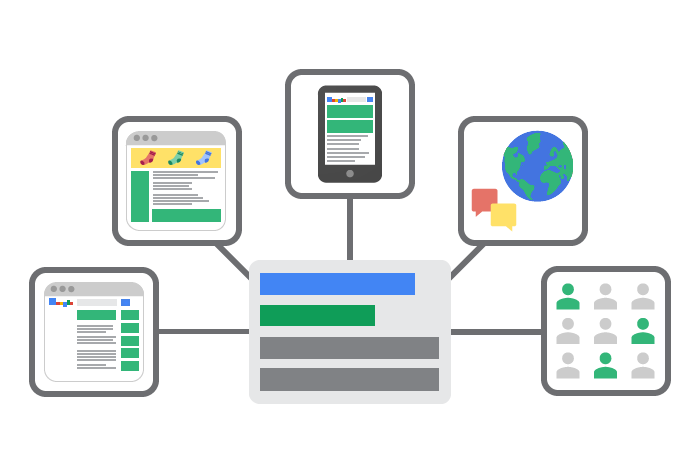What Is Inbound Marketing?
If you’re more familiar with operating your small businesses than marketing, you might not fully understand inbound marketing.
In its simplest forms, inbound marketing relies on social media, SEO, videos or podcasts and blogs to advertise via content.
It gives you the opportunity to present yourself as en expert, which encourages consumers to trust you and use your business.
The customers who focus on inbound marketing often already have a need, so it’s more focused than simply advertising your products or services to everyone out there.
You’re simply allowing customers to make an informed decision by placing this information, or content, on the Web for them to see.
This type of marketing is more than just attracting consumers through content marketing, however.
It also provides the opportunity to increase leads via squeeze pages and funneling consumers into even more focuses groups to increase leads.
If you’re thinking that this sounds like more work than traditional advertising, you’re right.
It is impossible to effectively automate inbound marketing because the human touch is essential to its effectiveness.
Make Inbound Marketing Work for You
Before you delve into inbound marketing, realize that deployment and results both take time.
It won’t work for you if you start a blog, a Twitter or a podcast and quickly give up without experimenting.
Perhaps you’ll have to adjust keywords, the time of day when you release content or reply to social followers.
Planning and research are important to inbound marketing because of this.
For instance, you’ll want to research what’s making your target customers unhappy and learn how to manipulate their emotional triggers.
Use these to create the call to action that will get you the most leads.
Technical aspects of your websites and profiles are important, too. Your pages must load quickly, while content, headings and anchor text should incorporate keywords.
Utilize title tags and meta data such as page descriptions. Don’t lie to the visitor but remember that titles and descriptions should be accurate and updated.
The content you post to your blog, Facebook page, Pinterest boards or YouTube channel all help to build trust, so talk about the things you know best.
High-quality, unique content in the form of videos, guides, tutorials, infographics and lists, among others, is also good for ranking on search engines,
so you want to add new content frequently as part of your inbound marketing strategy. Engaging content encourages return visits, too.
At the end of the day, consumers should be able to find your presence, learn from your content and trust you enough to hire you or purchase your products.
You don’t have to take it from us that inbound marketing is a good thing, however.
Just take a look at some of the numbers as revealed by the recent The 2013 State of Inbound Marketing report.
If you decide to jump on the bandwagon, you’ll be in good company. Over 60% of companies will start inbound marketing this year.
Almost half of the companies interested in inbound marketing will increase that budget,
and it makes sense when you consider that inbound marketing produces 54% more leads than outbound marketing.
Finally, just 1/5 of companies who don’t have a blog reported a positive ROI last year.
Numbers don’t lie. Inbound marketing is an essential tool for your small business website.
Featured images:
License: Creative Commons
image source
Ben Sawyer is an internet marketing consultant and online marketing manager.
He created numoreous viral sharing online campaigns to help hos clients to achieve Google’s top 10. Currently, he is a content contributor for Paramold, eCommerce website.




